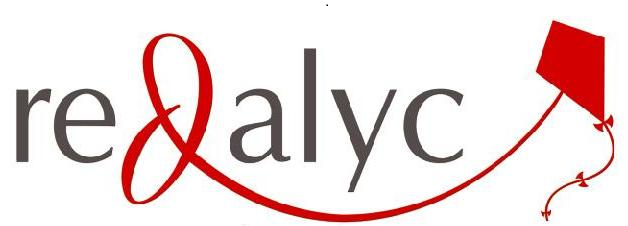Information for Authors and Evaluators
Policies:
- Focus and Scope
- Section Policies
- Peer Review Process
- Reviewer Guidelines
- Publication Frequency
- Open Access Policy
Authors
- Online Submissions
- Author Guidelines
- Copyright Notice
- Privacy Statement
- Presentation of the manuscript




 >
> >
>



















